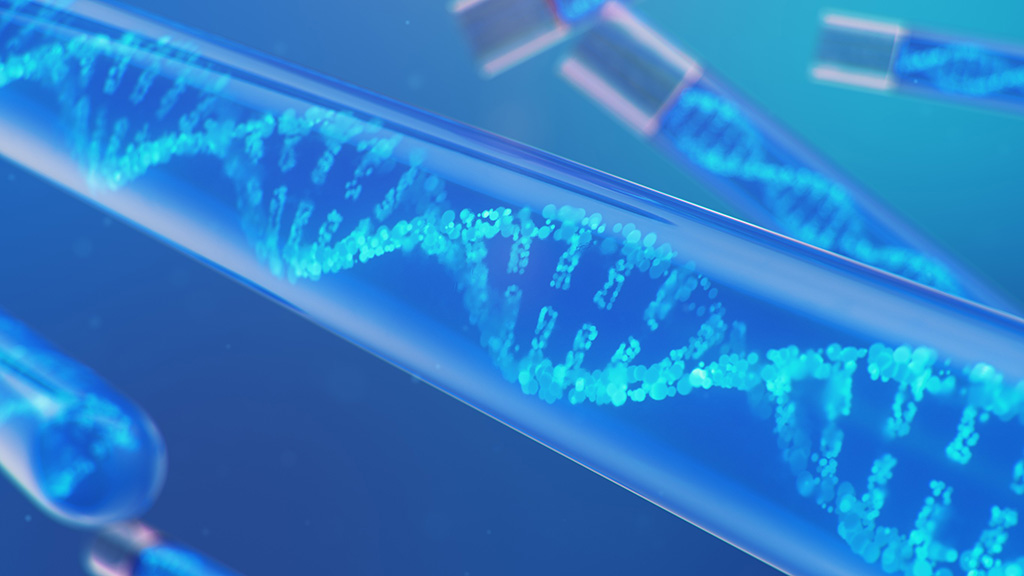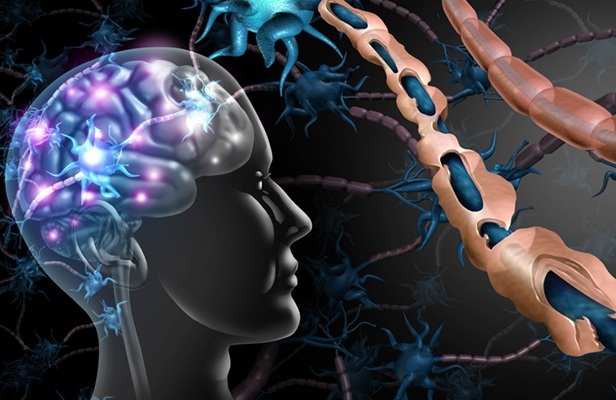Digital PCR Test Enables More Accurate and Earlier Diagnosis of Preeclampsia in Pregnant Women
Posted on 28 Sep 2023
Identifying preeclampsia early on can greatly assist obstetricians and gynecologists in advising the use of low-dose aspirin to help prevent the high blood pressure associated with this condition. The American Society of Obstetrics and Gynecology suggests that treatment ideally starts before six weeks of pregnancy in those who are at risk. Currently, the only way to assess risk is through clinical and demographic indicators, such as age and medical history. Past attempts to discover reliable biomarkers like RNA signatures or proteomics have not been very successful.
Researchers at the University of Hong Kong (Hong Kong, PRC) have now made significant progress in creating a more accurate test for detecting preeclampsia in pregnant individuals. Their latest data shows that digital PCR can effectively identify long fragments of cell-free DNA (cfDNA) that can differentiate between those developing preeclampsia and those with normal pregnancies. This research, which was published earlier this month in the journal Prenatal Diagnosis, builds on the team's previous work, which indicated that different sizes of DNA fragments could be a sign of incipient preeclampsia. Although this is preliminary data, the scientists believe this could evolve into a clinically useful test.

The root cause of preeclampsia is still not fully understood, but abnormal formation of the placenta and placental stress are thought to play a role. Since the first discovery of cfDNA in maternal plasma back in 1997, changes in cfDNA levels in preeclamptic pregnancies have been noted. The researchers suspected that unique patterns of DNA fragmentation, which they had earlier linked with fetal abnormalities and cancers, could also be found in pregnancies affected by preeclampsia. Initial findings, using a technique called SMRT-sequencing, supported this hypothesis, showing a distinct ctDNA size profile, particularly a reduction in the percentage of long cell-free DNA, in pregnancies with preeclampsia.
The team's next aim was to adapt these findings into a more cost-effective and simpler test. They used droplet digital PCR (ddPCR) with the QX One instrument from Bio-Rad Technologies. For their study, plasma samples from 10 preeclamptic and 16 normal pregnancies were analyzed. The researchers developed two initial ddPCR assays targeting a housekeeping gene called VCP, in fragment sizes of over 533 and 1,001 base pairs, which were the main sizes analyzed in their earlier sequencing work. Using cfDNA sequencing data from their earlier study, the researchers also performed in silico dPCR simulations in order to determine the optimal parameters and the best differentiating power between control and preeclamptic pregnancies. This led to the development of a third assay aimed at the long interspersed nuclear element-1 (LINE-1), a run of about 1,600 repeat regions across the genome, targeting fragments longer than 170 base pairs.
The researchers found that both the initial assays and the LINE-1 assay could differentiate the preeclamptic samples from the healthy ones, with the LINE-1 assay showing greater accuracy in differentiation. The breadth of the LINE-1 assay also resulted in a 1,600-fold enrichment of target fragments compared to the single-copy gene assays which enabled much smaller DNA inputs. Further work is needed, including validation studies with larger sample sizes, and studies to determine how early in pregnancy this test could be effective. The team also plans to investigate any factors that might influence the percentage of long cfDNA fragments in the plasma of pregnant individuals.
Related Links:
University of Hong Kong













